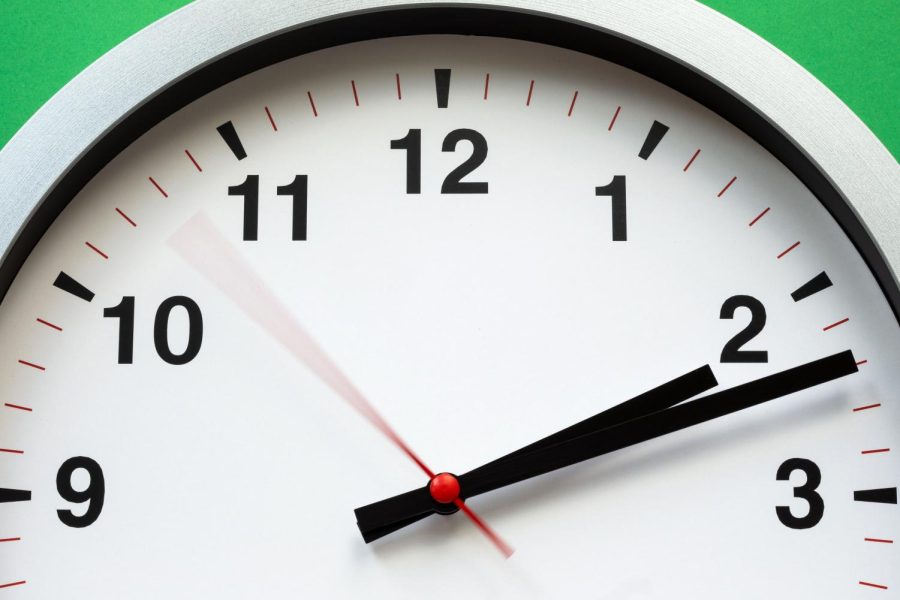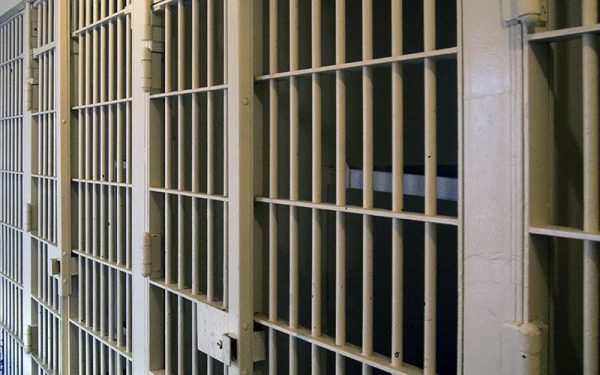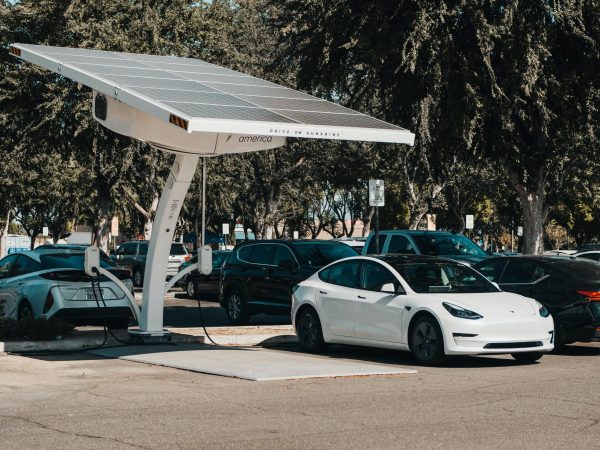Daylight Savings: Are we saving, or are we losing?
In the dead of winter, the sky is gray and twilit by four-thirty P.M., but, at summer’s peak, you could easily admire a picturesque sunset at a quarter past eight. Why is this? It’s all entangled in the disputed tradition that is Daylight Savings Time. In the United States, Daylight Savings Time eventuates between the months of March and November, with clocks springing forward in March and looping back in November – this results in very late sunsets throughout summertime and very early sunsets in the winter months.
Although Daylight Savings-adjacent concepts have been in existence since Ancient Civilizations reigned, the practice did not become ubiquitous across the United States until 1918, during the climax of World War I. It was believed that prolonged sunlight during waking hours would prompt citizens to spend more time outdoors than indoors, and, subsequently, preserve fuel and energy that they would use up if they were inside.
This policy, which was intended to be inoffensive, has become quite the hotbed of debate over the last couple of decades, with rumors of the United States eradicating or permanently setting Daylight Savings spreading like wildfire virtually every year. 2023 is no different – the Sunshine Protection Act, which was unanimously approved by the United States Senate in early 2022, calls to invalidate all seasonal time resources and permanently synchronize clocks with Daylight Savings time, as opposed to Standard Time. This means that by December, nightfall could begin at 5:30, instead of 4:30.
People are quite opinionated when it comes to Daylight Savings, particularly whether it should be upheld forever, or completely terminated. There are copious pros and cons to both ends of the debate. For example, many attest that permanent Daylight Savings will grant adults leisure time after work, and children recreational hours after school in which they can play outside. These supplemental hours of sunlight will endorse more physical activity for both children and their parents. On the other hand, morning commutes could be made much more strenuous, as many people would be traveling to their workplaces while it’s still dark outside. Parents with older children who drive to school independently are disproportionately concerned about the increased probability of their child getting into a car accident while driving before sunrise.
It is declared by Daylight Savings advocates that the procedure is healthy for the economy, as later sunsets inspire more people to go on post-work shopping sprees or evening outings, and, in turn, amplifying consumer ratios. However, many rebuff this idea and argue that Daylight Savings itself takes a toll on the economy, as it is approximated by professionals that the bi-annual time modulations cost the United States over four-hundred million dollars each year.
Critics of Daylight Savings also proclaim that the jumping of clocks every spring disrupts one’s circadian rhythm – or your internal clock – which is damaging to your well-being. In contrast, proponents of Daylight Savings Time cite that a permanent establishment of the yearly ritual alleviates mental health issues that millions of Americans grapple with each year. Seasonal Depression, an interval of depression and drowsiness that occurs at the same time every year, is commonly due to a lack of serotonin that is cued by sunlight, and because of exceedingly early sunsets of December and January, this disorder is often prevalent in the winter months. It is believed by many that an institution of permanent Daylight Savings Time will thwart the once-a-year downturns into depression that so many face.
It’s presumable that those who first dreamt-up Daylight Savings had no idea that their sunlight- conserving measures would grow to be so contentious, but, here we are, and it’s one of America’s most contended keynotes. Where do you stand? Should we abolish the custom altogether and stick to standard time? Should we permanently enact Daylight Savings so sundown occurs later everyday? Or should we carry on with our current schedule and push the clocks forward each March, and bump them backward every November? If you were to vote on the subject, which box would you check off?










